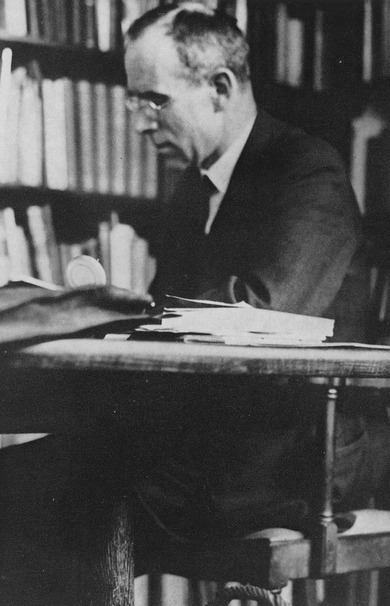Stanley Morison
Stanley Morison
Typography may be defined as the art of rightly disposing printed materials in accordance with specific purpose: of so arranging letters, distributing the space as to aid to a maximum the reader's comprehension of the text.
Stanley Morison, First Principles of Typography, 1929
The striking new letter design introduced in The Times of London on October 3, 1932 signalled the beginning of an unexpected typographical success story. Within just a few years, Times New Roman had become the widely established font standard for book design. The popularity of the typeface has since been even further cemented due to its introduction, in the 1980s, as a standardised computer font. Stanley Morison, the creator of Times New Roman, is considered one of the most influential typographers of the 20th century. After becoming an editorial assistant at Edward Johnston’s magazine The Imprint, the self-taught typographer swiftly made a name for himself as a designer of books and typefaces. In 1922 he founded the influential Fleuron magazine in conjunction with Oliver Simons and two years later he became an employee of Cambridge University Press.
As an consultant to the Lanston Monotype Corporation in London, Morison strove to revive the most pioneering fonts of the previous few centuries, developing a typeface range which, with its immense historical diversity, went on to exert tremendous influence over the font design of the 20th century. In his older years, Morison was elected a Royal Designer for Industry (in 1960) and wrote works on the history of the British press industry.

